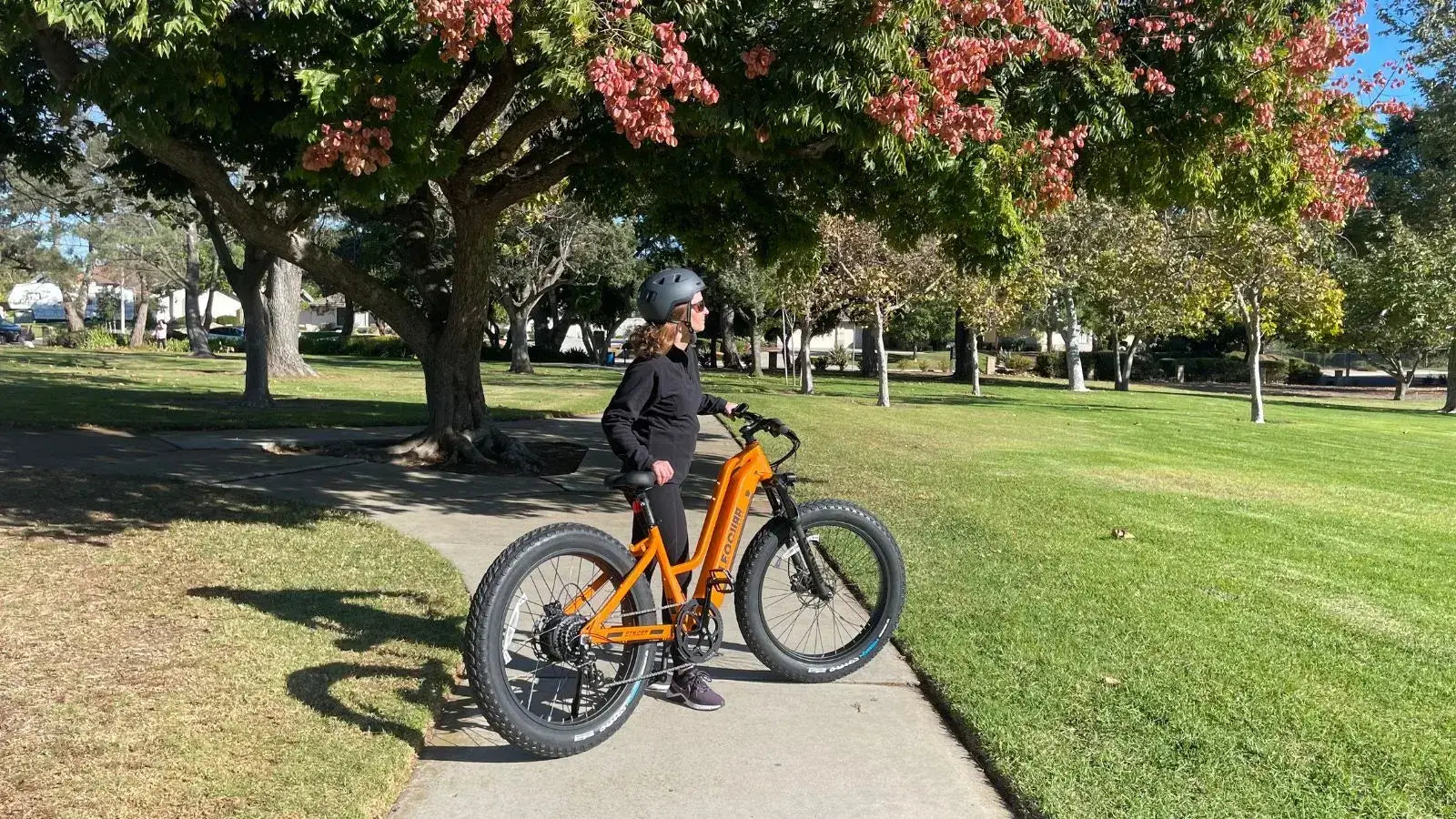
The Secret Behind "Human-Bike Integration": Torque Sensors
The "Smart Heart" of Electric Bikes
In the early mornings on city streets, more and more electric bikes (eBikes) silently glide by. They look no different from regular bicycles, yet they provide the perfect amount of assistance when the rider pedals. This near "telepathic" riding experience is powered by one key technology: the torque sensor. Unlike simple speed or pedal sensors, torque sensors precisely detect the force and rhythm the rider applies, allowing for smooth and natural electric assistance. In this article, we’ll explore the principles of this technology, its types, and how it enhances our cycling experience.
What is a Torque Sensor?
A torque sensor is a device used in electric bikes to measure the rotational force (torque) applied by the rider on the pedal or crank. Simply put, it quantifies how much effort you put into pedaling. Unlike basic sensors that only detect pedal movement, torque sensors measure the actual force applied, which allows the electric bike to offer assistance proportional to the rider’s effort.
In basic physical terms, torque is the product of force and the length of the lever arm (typically measured in Newton-meters, N·m). On a bike, the force is the pressure applied to the pedal, and the lever arm is the length of the crank. The more force you apply, the higher the torque value detected by the sensor, and the more assistance the system provides.
Benefits of Torque Sensors for Electric Bikes
This measurement method brings several significant advantages:
-
More Natural Riding Experience: It feels like your own leg power is enhanced.
-
Higher Energy Efficiency: The motor output is precisely matched with the rider’s input.
-
Tailored Assistance: Riders of all fitness levels can get assistance suited to their needs.
-
Automatic Support in Challenging Conditions: The system provides more help when cycling uphill or against the wind.
In contrast, sensor systems based only on speed or pedal rotation often result in jerky or disconnected assistance, similar to a "switch-on, switch-off" effect, which fails to provide the seamless interaction offered by torque sensors.
How Torque Sensors Work
Torque sensors are essential for providing smooth assistance in electric bikes (eBikes). They measure the strain in metal components when force is applied, determining how much power the rider contributes and adjusting motor assistance accordingly.
Strain Measurement in Torque Sensors
Torque sensors rely on measuring strain. When a metal part experiences force, it deforms slightly, which can be detected by precise electronic components.
The Strain Gauge and Wheatstone Bridge
Strain gauges are special resistive elements used in torque sensors, typically arranged in a Wheatstone bridge circuit. This configuration improves sensitivity and compensates for temperature changes. The strain gauges alter their resistance as the metal deforms, which is measured to determine the torque.
Signal Processing and Motor Control
The weak signal generated by the strain gauges is amplified and converted into a digital signal. This signal is sent to the eBike controller, which adjusts the motor output based on the pre-programmed assistance settings.
Challenges in Torque Sensor Technology
Modern torque sensors face several challenges, such as distinguishing real pedaling torque from external factors like shocks or vibrations. They must also perform reliably in harsh environments, such as varying temperatures and humidity. These challenges are often addressed through advanced technology, which becomes a key part of the manufacturer’s proprietary system.
This overview shows how torque sensors help create a more natural, efficient riding experience in eBikes.

Types and Installation Locations of Torque Sensors
Torque sensors in eBikes come in different types based on their measurement principles and installation locations. Below are the main types:
1. Crankset Torque Sensors
Crankset torque sensors are the most common in eBikes. These sensors are integrated into the bottom bracket assembly, measuring the twisting deformation between the two cranks to calculate the torque. The key advantage of this design is that it provides direct measurements, is discreet in placement, and is less affected by environmental factors. Well-known systems like Shimano’s E-Tube and Bosch's Performance Line motors use crankset sensors. These sensors typically use two sets of strain gauges arranged at 45 or 90 degrees to measure both torque load and axial/radial interference forces, then separate the actual riding torque using algorithms.
2. Pedal Torque Sensors
A few high-end systems, such as the Specialized SL 1.1 motor, place the torque sensor at the pedal axle. This design theoretically offers more direct force measurement, as it avoids concerns like chain tension or drivetrain losses. However, the exposed pedal location requires a high level of protection for the sensor and often involves wireless data transmission, which increases the complexity and cost of the system. Pedal torque sensors are mostly used in professional-grade electric road bikes.
3. Rear Triangle Torque Sensors
Some innovative designs, like certain TQ systems, estimate torque by measuring chain tension. The sensor is installed at the rear triangle’s chain guide position, detecting small deformations in the chain under load. This method avoids modifications to the bottom bracket but is more affected by drivetrain efficiency changes, requiring complex calibration algorithms to account for chain wear, lubrication state, and other factors.
4. Hub Torque Sensors
Hub torque sensors are primarily used in hub motor systems, where they estimate the load torque by measuring the motor’s back electromotive force or phase current. This method is cost-effective but results in noticeable response delays, making the assistance feel less natural compared to bottom bracket sensors. Hub torque sensors are commonly found in entry-level eBikes.
How Torque Sensors Affect Your Electric Bike Ride
The way a torque sensor works has a big impact on how your fast ebikes feels when you ride it. Let’s break it down:
How Quickly the Assist Kicks In
One of the most important things is how fast the motor responds when you pedal. High-end sensors, like the ones in Bosch's latest systems, can detect changes in pedal force in just 50 milliseconds, almost matching how fast your body reacts. This means you get smooth, immediate assistance without any lag. On the other hand, cheaper systems might take over 200 milliseconds to respond, which can make it feel jerky when you start pedaling or shift gears.
Adjusting the Power Curve
A smart system adjusts how much assistance it gives based on how you’re pedaling. Advanced sensors not only detect how hard you're pedaling but also figure out your rhythm and the way you apply power. For example, some systems know when you’re cruising smoothly and when you're pushing harder for a sprint. They adjust the power accordingly. Some brands, like Giant, even let you customize this curve with an app to fit things like climbing hills, commuting, or workout rides.
Saving Battery Power
A big benefit of torque sensors is how they help save battery life. By making sure the power you use matches exactly what you’re putting into the pedals, these systems can extend your battery life by 20-30%. For example, if you’re coasting downhill or catching a tailwind, the system will automatically reduce the motor's help. But when you’re starting to climb a hill, where you need more power, it gives you that extra torque boost. This helps make sure the battery lasts longer without wasting power.
Combining Data from Multiple Sensors
Some of the newest systems are getting even smarter by combining data from multiple sensors. Not only do they track how hard you’re pedaling, but they also keep an eye on your cadence (how fast you pedal), speed, acceleration, and even your heart rate (with Bluetooth). For example, Specialized’s Mission Control system adjusts the motor’s assistance based on your heart rate, making sure you're always in the right training zone.

Challenges and Future of Torque Sensors
Even though torque sensors are pretty advanced, there are still some challenges engineers are working to solve:
Adapting to Different Environments
One big challenge is making sure the sensors work well in all kinds of weather and conditions. Electric bikes need to perform in temperatures ranging from -20°C to 50°C, plus handle rain, mud, and dust. This means the sensors have to be built with strong materials and be sealed properly to avoid damage. Some brands are using high-quality sealing methods and even adding self-checking features to keep the sensors running smoothly in all conditions.
Keeping Things Accurate Over Time
Another challenge is keeping the sensors accurate over time. Metals used in the sensors can change slightly under pressure, which might cause small errors. To solve this, some electric bikes use special materials and smart software that recalibrates the sensors automatically when the bike is still. For example, Shimano has a feature that resets the sensor’s baseline whenever the bike is stationary, helping avoid any drift or errors.
Lowering the Cost
While torque sensors are great, they can be expensive. They take precise manufacturing and careful testing, which can add up to a significant portion of the cost of an electric bike. However, over time, companies have figured out ways to make them more affordable, like using modular designs and mass production. What used to cost $300 is now down to about $100-150 for many mainstream bikes.
The future of torque sensors is heading in a few clear directions:
Multi-Dimensional Force Measurement
The next generation of sensors won’t just measure torque but will also detect pedaling direction, distinguishing between forward power and return power. This will result in more natural, smooth assistance while riding.
Integrated Design
Future sensors will integrate torque sensing, cadence measurement, and bearing load monitoring into one compact module. This will simplify the assembly process of electric bikes, making them more efficient and cost-effective.
AI Integration
Using machine learning algorithms, future sensors will analyze riding patterns to predict when more assistance is needed. For example, they could detect an upcoming hill and automatically adjust the motor output for a smoother ride.
Wireless Technology
In fact, a few innovative companies showcased new fiber optic and magnetostrictive-based torque sensors at the 2023 Eurobike show, which are expected to be commercialized within the next 3-5 years. These technologies could offer better accuracy, longer lifespan, and stronger interference resistance.

Tips for Buying and Maintaining Your Torque Sensor
For consumers thinking about purchasing an electric bike, understanding the key specifications of torque sensors is important.
Key Specifications to Consider:
-
Accuracy and Range: High-quality sensors usually have an accuracy of ±1% and a range of 100-150 N·m, which covers the needs of everyone from kids to athletes. Resolution (the smallest detectable change) is also important, with high-end systems offering 0.1 N·m resolution to detect even slight changes in pedaling.
-
Response Time: The quicker the system reacts, the better the riding experience. Look for systems with a response time of less than 100ms. You can test this during a ride—when you apply force suddenly, check if the motor assistance follows instantly without delay.
-
Protection Rating: The sensor should be at least IP65-rated (dustproof and protected from low-pressure water spray). For bikes that will be ridden in the rain or off-road, an IP67 rating is ideal. Make sure the sensor is well-protected and not exposed to areas prone to mud or water splashing.
Regular Maintenance Tips:
-
Check Seals: Regularly inspect the seals around the bottom bracket to ensure they’re intact. Avoid spraying high-pressure water directly on the sensor area.
-
Calibration Checks: Every 6-12 months, have a professional technician check the torque calibration, especially after rough rides or bumpy terrain.
-
Signs of Trouble: If the motor’s assistance feels inconsistent or requires excessive force to activate, it could be a sign that the sensor needs recalibration.
-
Proper Storage: If you store your bike for long periods, make sure to keep the sensor’s power source (usually a lithium battery) at an appropriate charge level. Fully discharging the battery could damage the sensor circuit.
Recommended Sensors for Different Riding Styles:
-
City Commuting: Choose a mid-range torque sensor system with an "auto mode" feature, like Yamaha’s PWseries SE. This allows the system to automatically adjust assistance based on the road conditions.
-
Mountain Riding: Look for a professional system with high overload capacity (≥120 N·m) and quick response, such as the Specialized 2.2 motor system.
-
Long-Distance Travel: Opt for low-power design sensors, like Bosch’s Active Line, paired with a high-capacity battery to extend the bike's range.
How Technology Makes Cycling Better
While torque sensors are just one component of an electric bike, they fundamentally shape the quality of human-machine interaction. It’s like having an invisible riding partner, perfectly understanding each push you make and providing just the right level of support. This seamless blend of mechanical and electronic technology has not only changed the way we commute but has also redefined what cycling can be—allowing more people to enjoy long-distance rides without letting physical stamina limit their adventures.
As material science and artificial intelligence continue to evolve, the future of torque sensors will become even more responsive and intelligent. In the near future, systems might not only sense how much power you're putting in, but could also detect the rider's fatigue or emotional state, adjusting the assistance accordingly. But no matter how it evolves, the core goal of this technology will remain the same: to keep the electric bike true to its essence as a “bike” — offering a free, independent, and harmonious riding experience.



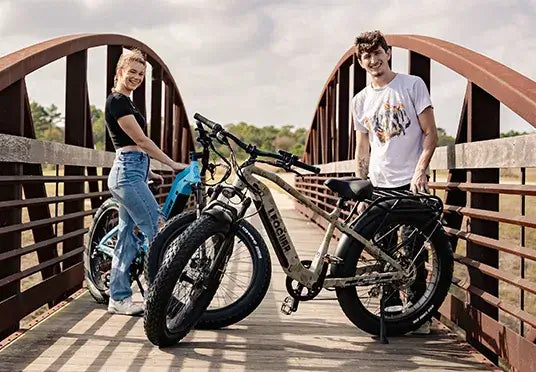
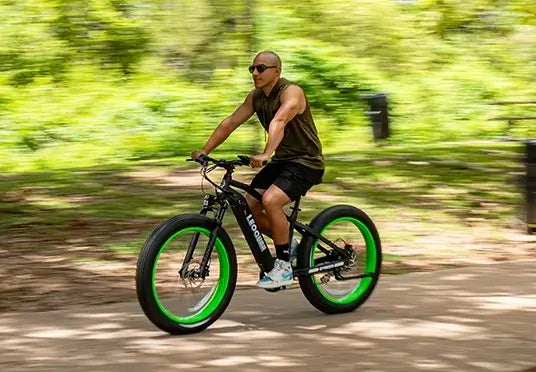
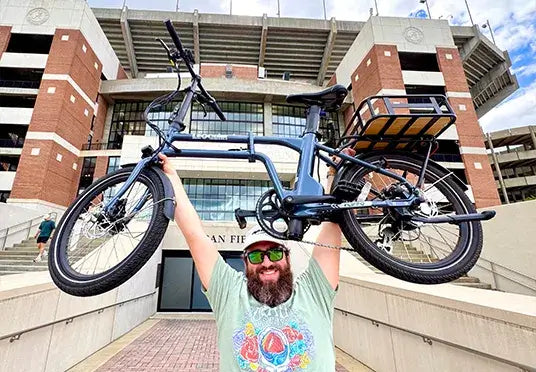
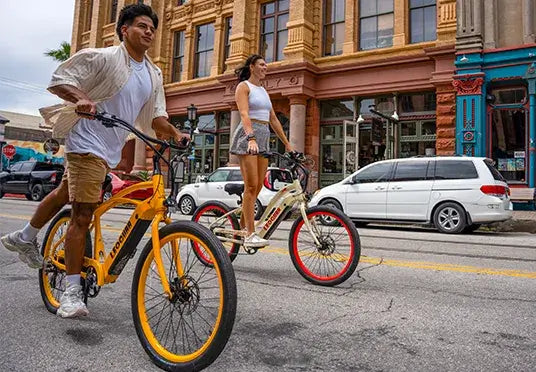
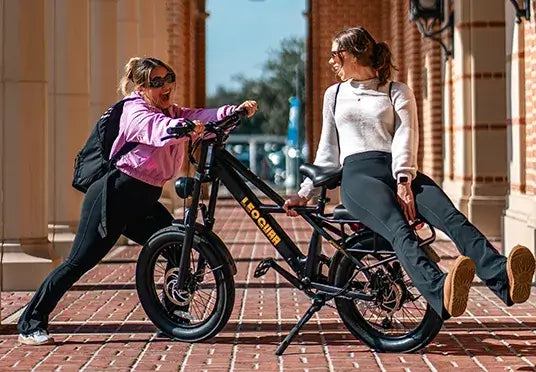
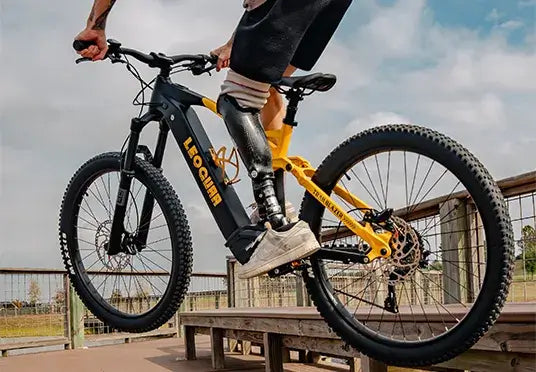

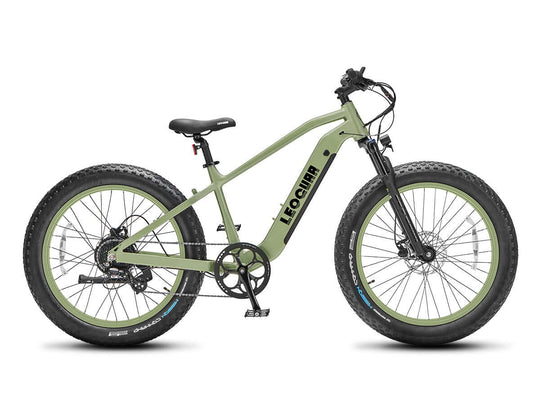
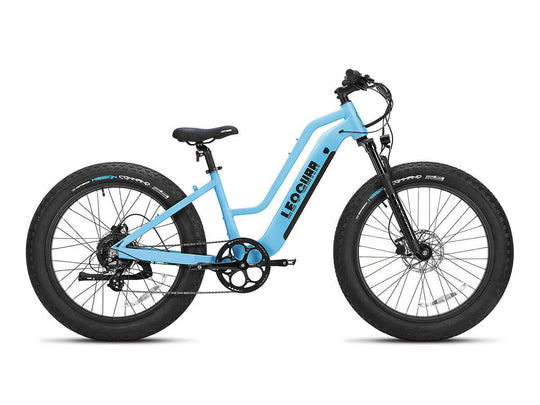
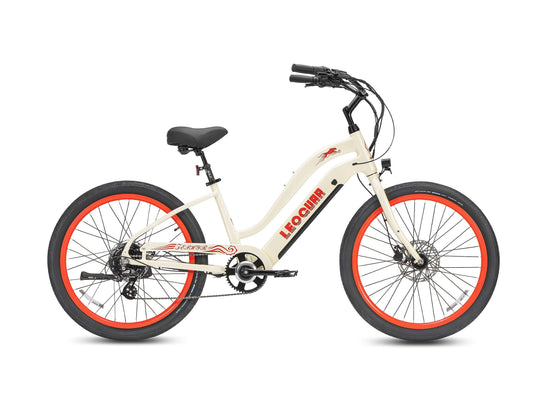
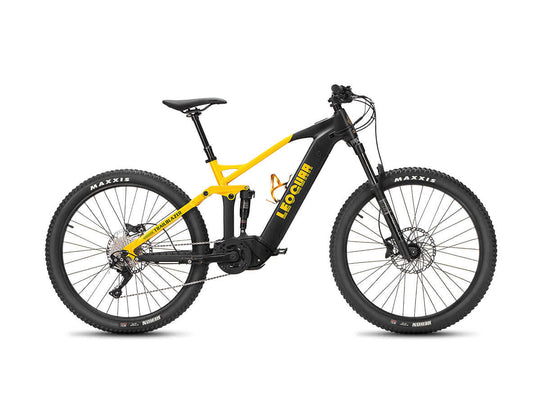
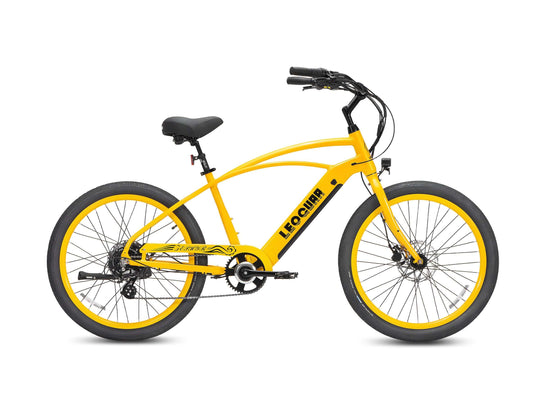
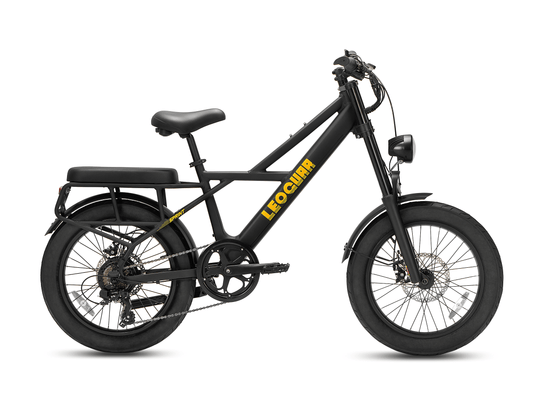

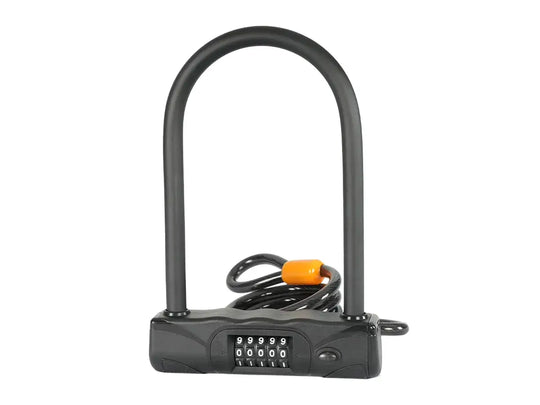
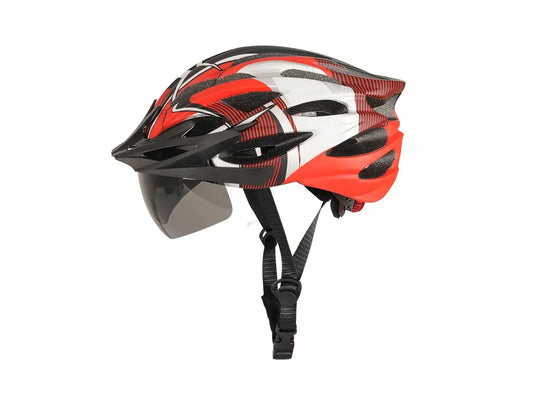
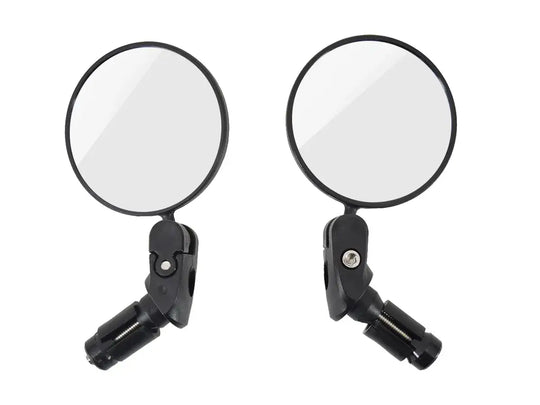

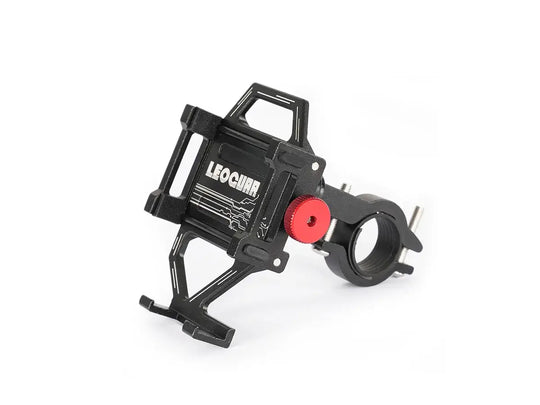
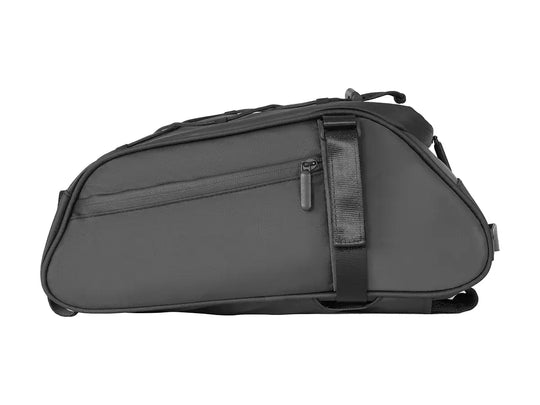
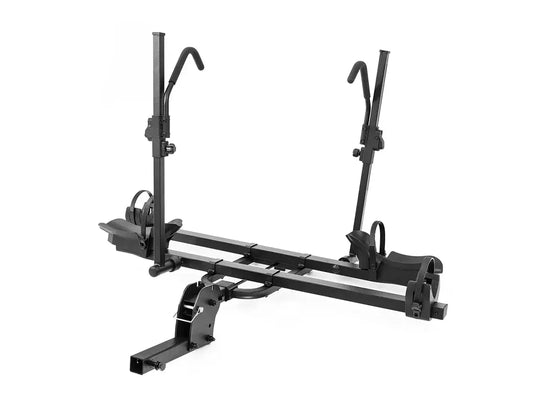
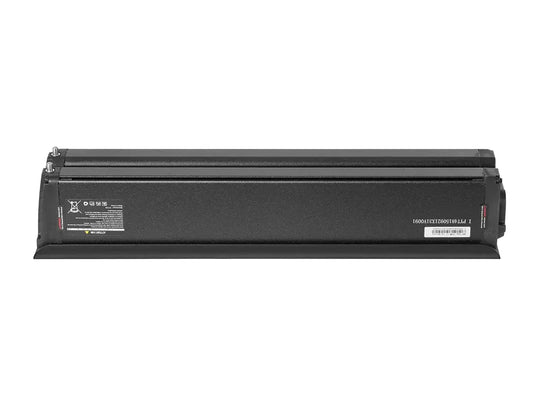
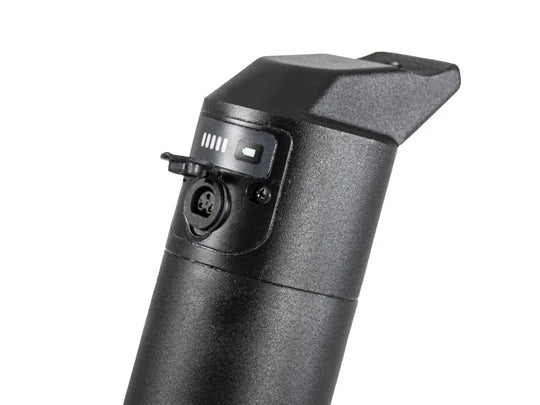
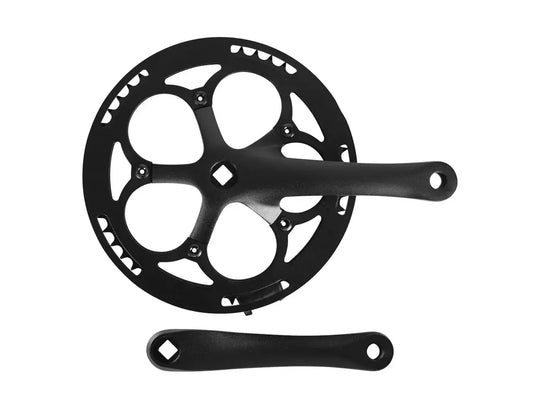
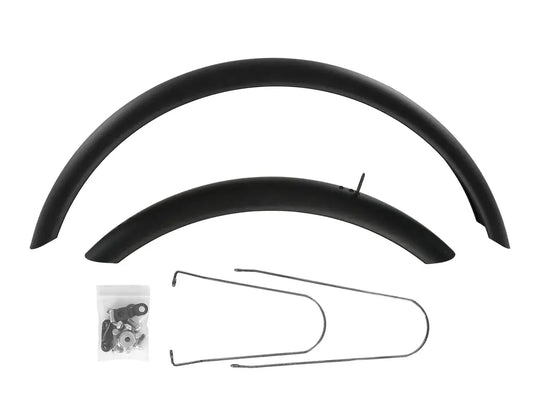
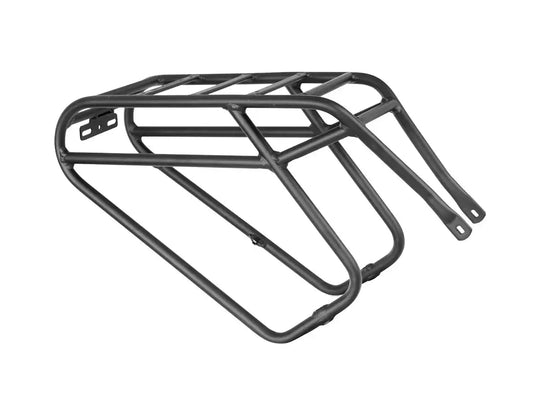
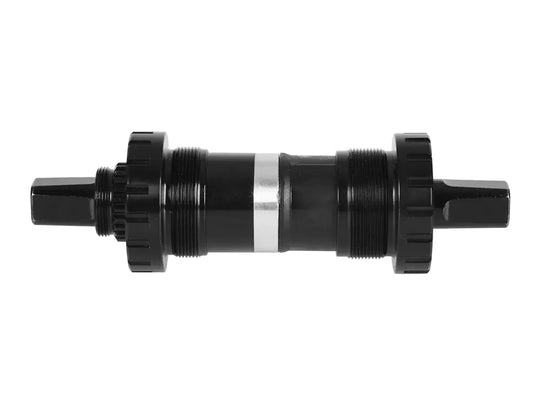
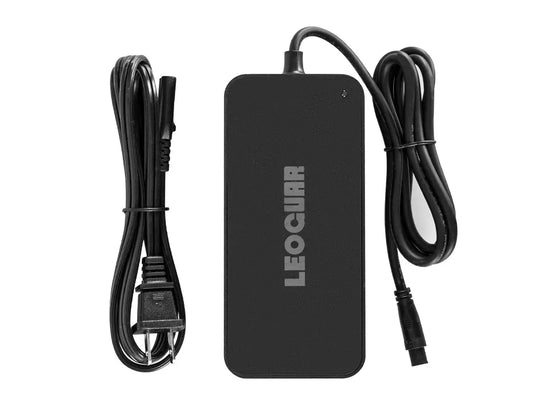
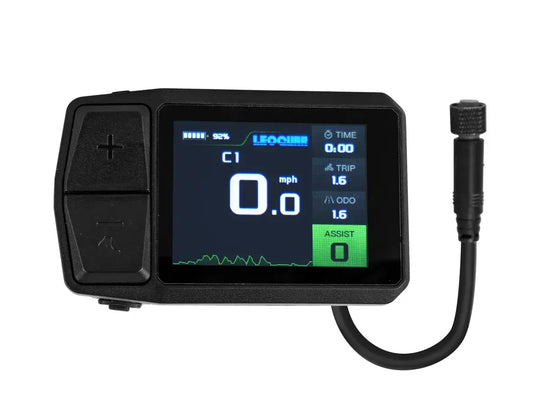
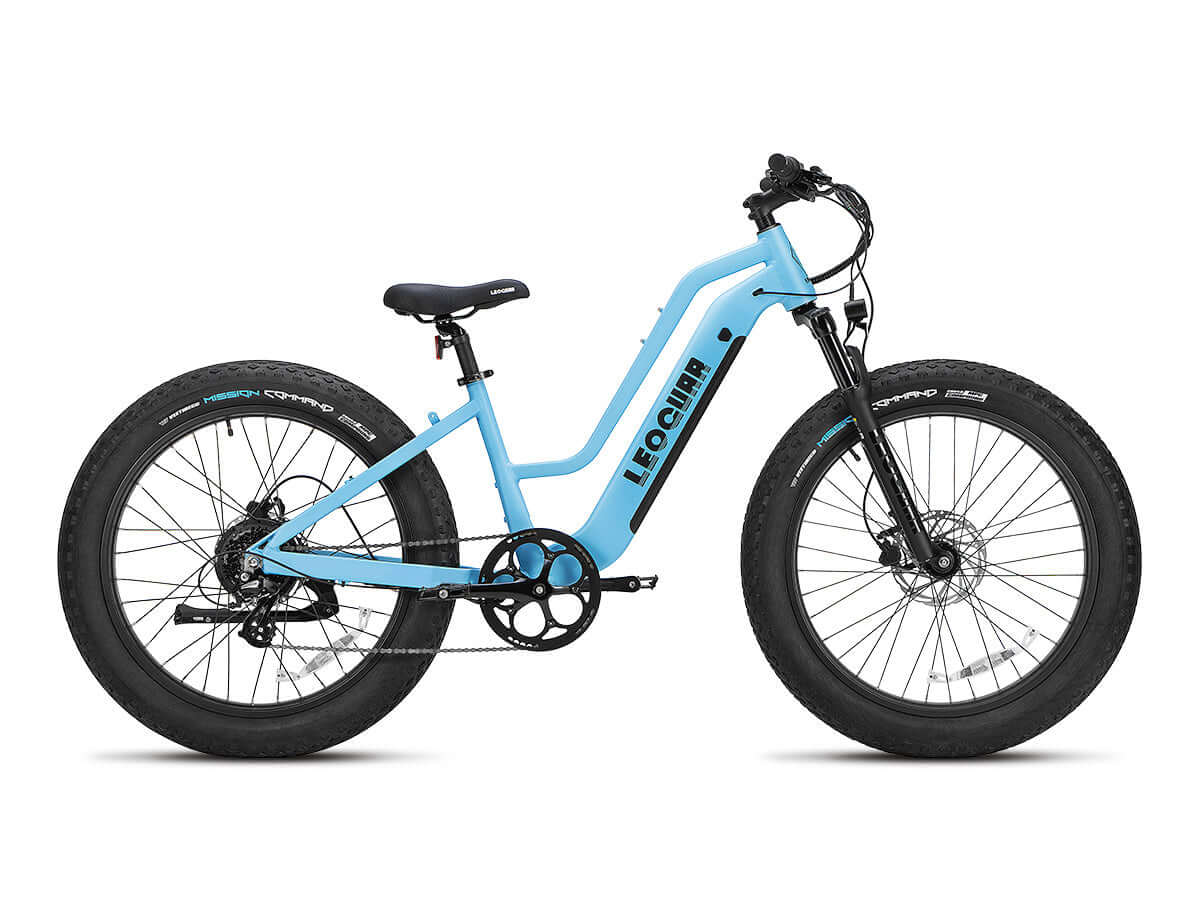








Leave a comment